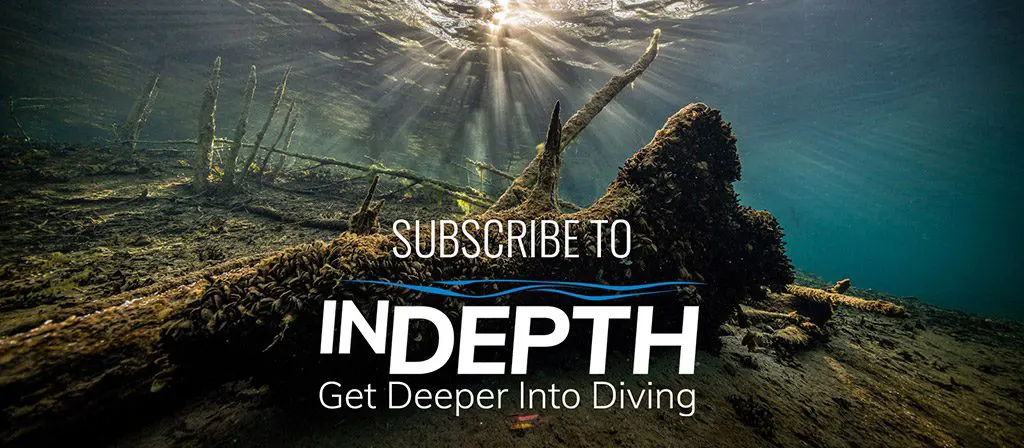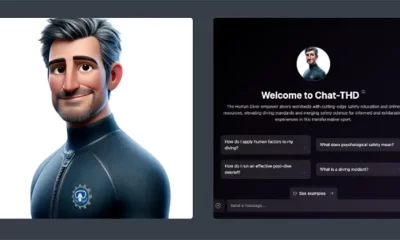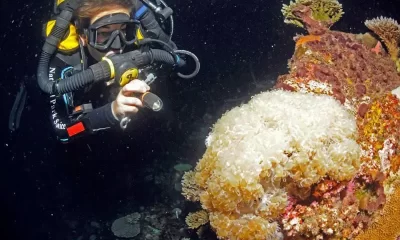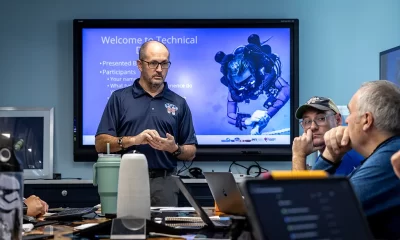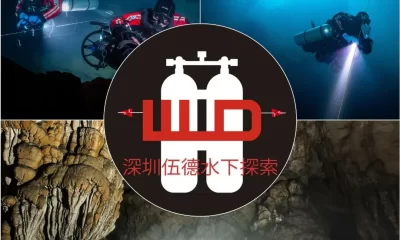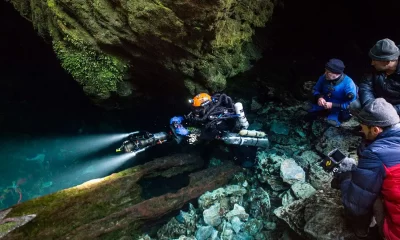Community
The GUE Pre-dive Sequence
As you’d expect, Global Underwater Explorers (GUE) has a standardized approach to prepare your equipment for the dive, and its own pre-dive checklist: the GUE EDGE. Here explorer and filmmaker Dimitris Fifis preps you to take the plunge, GUE-style.
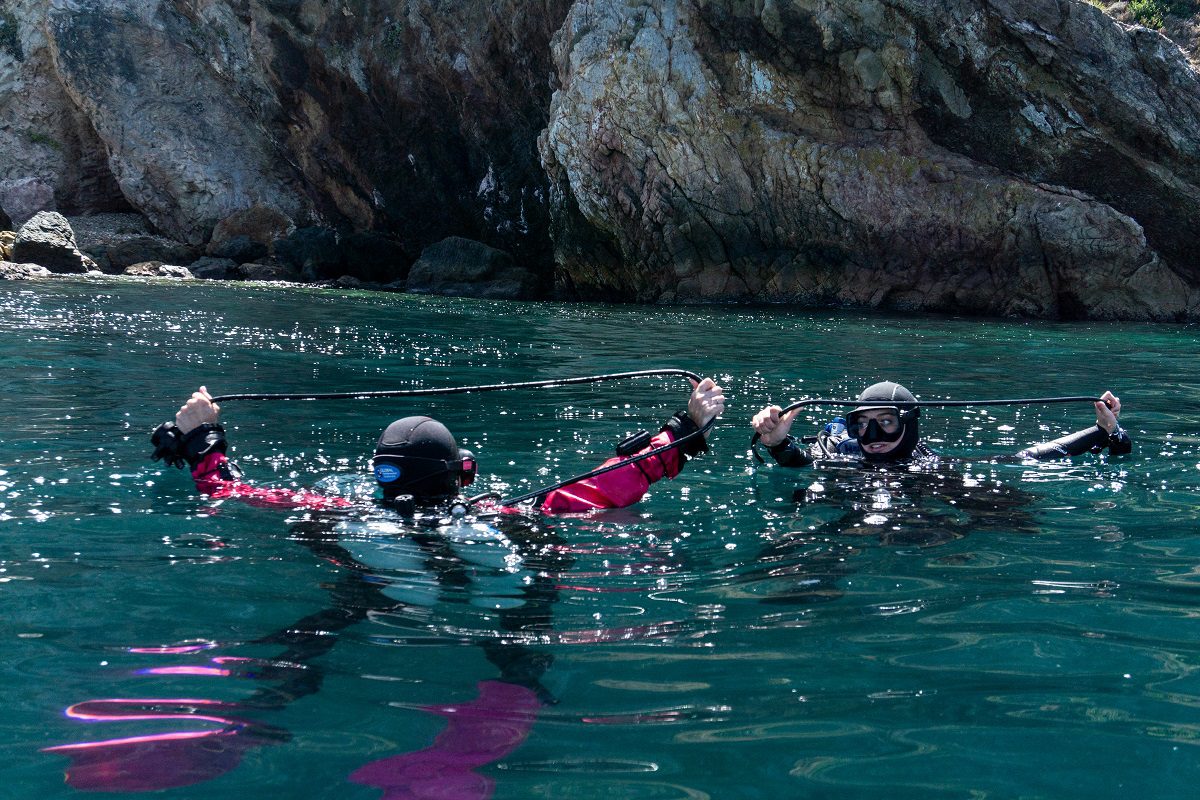
By Dimitris Fifis
Header photo by Alexandra Graziano for Global Underwater Explorers.
GUE divers follow a standardized sequence to prepare for their dives. This sequence minimizes any possible mistakes or omissions that might affect the outcome of the dive; the sequence also serves as the last line of defense against any errors that may have been made while preparing equipment or filling tanks. The procedure helps the team “switch into dive mode” as they prepare for the fun ahead.
Before starting this sequence, all equipment should be assembled with tanks filled and analyzed, and with appropriate analysis marking completed.
This general sequence is executed as follows:
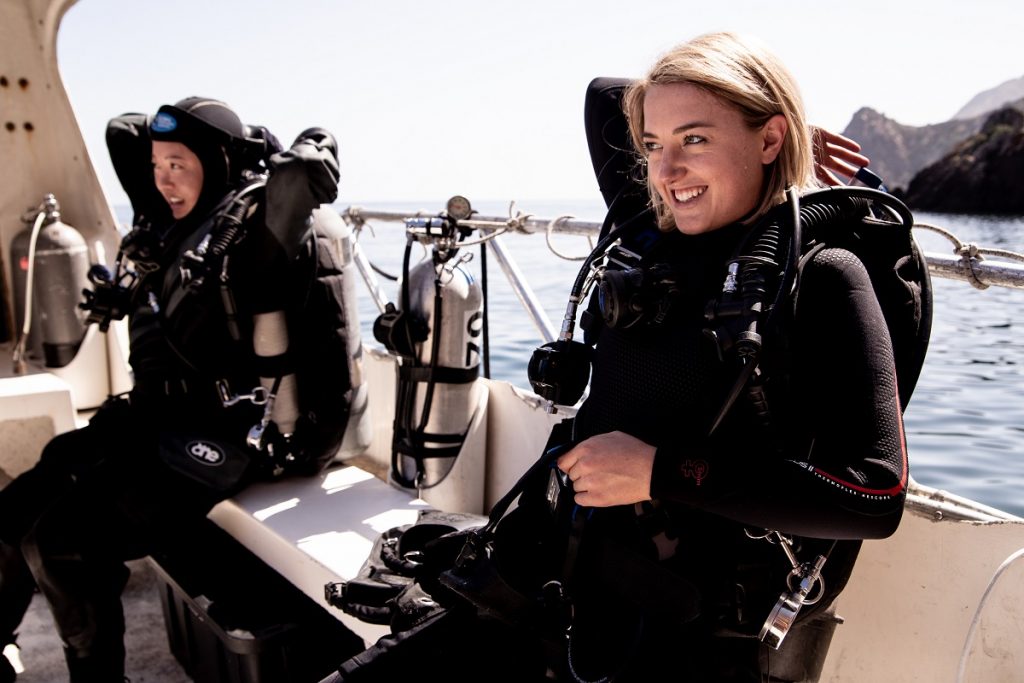
- Open tank valve(s) completely. In the case of double tanks, be aware that one outside valve turns opposite to the other and that the isolator must be open. Check the SPG, and compare with expected pressure as well as that noted on the analysis sticker.
2. If using a drysuit, ensure your drysuit zipper is fully closed and verify pocket contents are in place.
3. Don equipment, secure and tighten harness.
4. Don remaining accessories—if not done as part of donning equipment—such as necklace regulator and drysuit inflation hose (if a drysuit is used). Stow and secure primary light cord under harness, clip light head in permanent position on right chest D-ring.
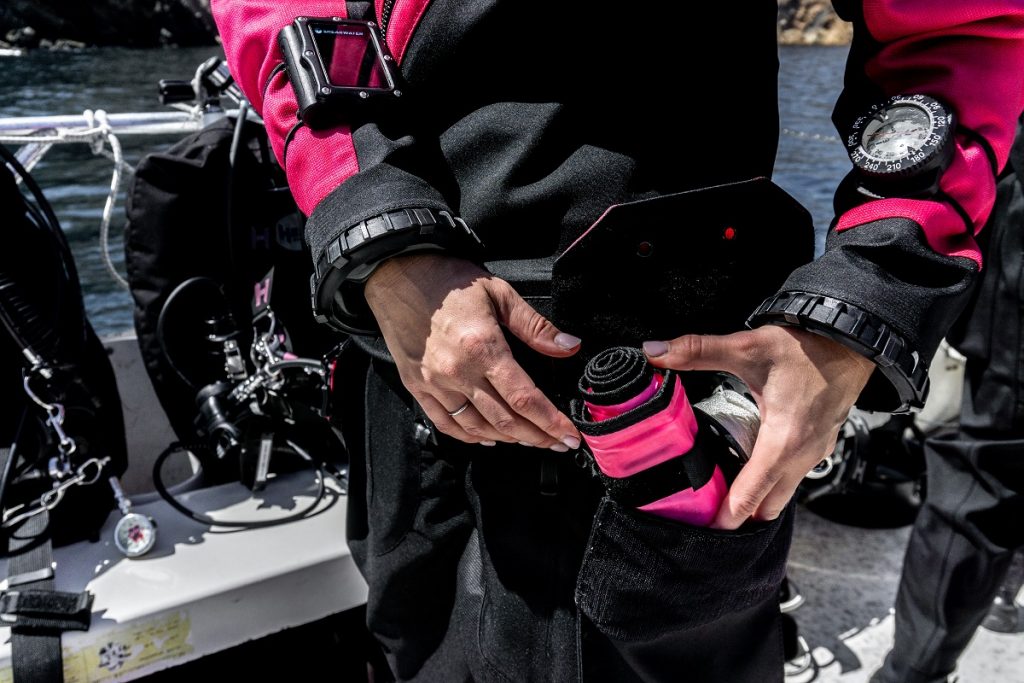
5. Route long hose regulator (primary) across the chest and around the neck. Secure second stage to right chest D-ring and secure excess hose length.
6. Perform GUE EDGE with the team.
7. Enter the water.
8. Perform bubble check. When conditions do not allow the team to safely perform a bubble check on the surface (due to waves or strong current), the check can be performed at shallow depth during descent.
9. Perform modified S-drill, ensuring long hose integrity. Modified S-drill should always be the last check performed; if it is performed prior to other equipment tests and manipulations, there is always the possibility of long hose entrapment (e.g., while connecting a drysuit inflation hose).
10. Start the dive.
GUE EDGE
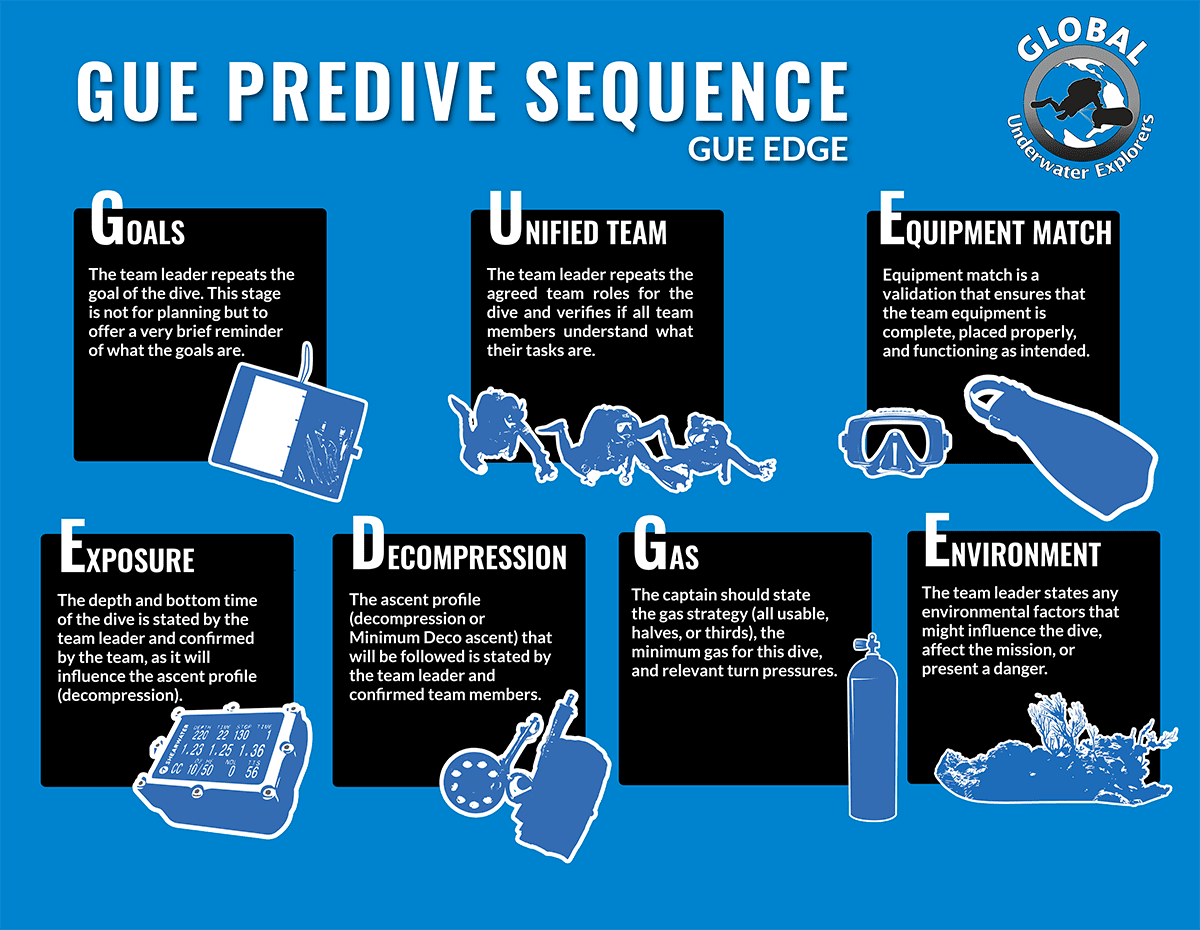
GUE EDGE is an acronym designed to help GUE divers follow a standardized pre-dive check. This review ensures that all team members are ready for the dive, that they all confirm understanding of the basic dive parameters, and that their equipment is ready and functioning as intended. It is usually performed prior to entering the water but it can be performed at the surface just prior to descent, if conditions allow (manageable waves, current). The procedure is led by the team leader with the team members confirming or stating all required parameters.
If you would like to learn more about the pre-dive procedures you can purchase the “GUE Pre-Dive Sequence” Guide for less then $5 on GUE.com.
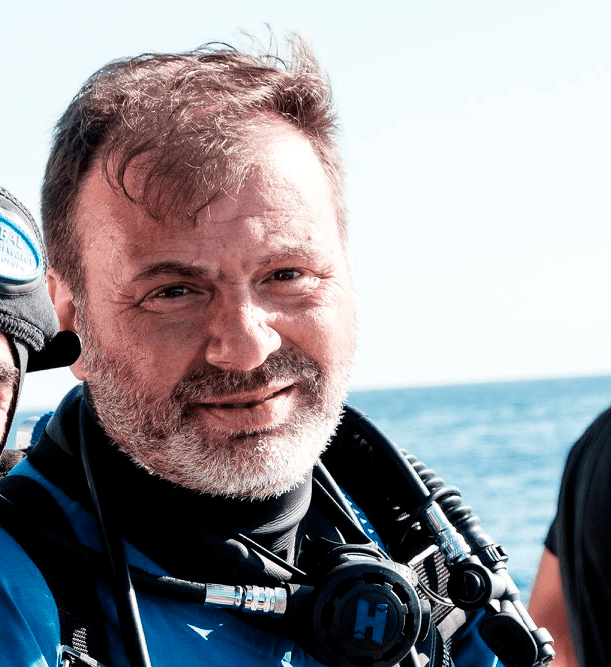
Born in Athens, Greece, Dimitris Fifis started diving in 1991 and became an instructor in 1998. In 2009, after 23 years of service in the Greek Navy (most of them in the Aviation branch), he retired and decided to pursue a full-time career in diving. Since then he has managed diving operations in various diving centers in Greece as well as on mega-yachts. Dimitris discovered GUE in 2007 and never looked back. He currently lives and works in Dubai, and is involved in various wreck exploration and underwater filming projects in the area. Because of his strong interest in increasing dive safety through quality education, he also produces training videos for GUE.



















